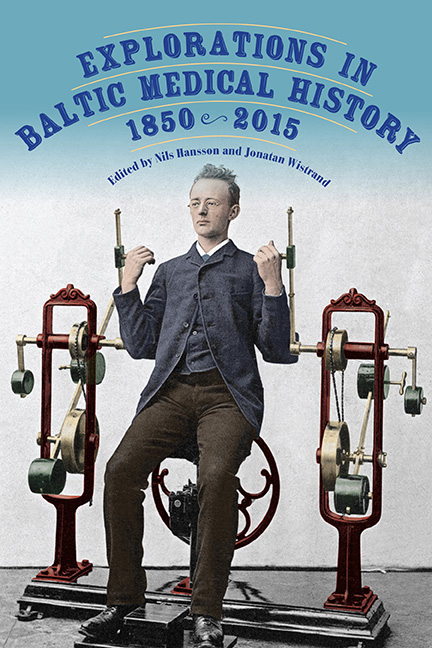2 - Gynecological Massage: Gender, Conflict, and the Transfer of Knowledge in Medicine during the Fin de Siècle
Published online by Cambridge University Press: 17 April 2021
Summary
In the late nineteenth century, a new gynecological method arose that became hugely popular in Western medicine. Despite having been developed and used during the Victorian era—a period renowned for its rigid attitudes toward nudity, sexuality, and personal interaction—the treatment was indeed an intimate one. A brief description: the doctor or therapist inserted a finger in the vagina, anus, or both of the patient, holding the other hand on the stomach and massaging the uterus from the outside while the internal finger was held up toward the massaging hand. The massage also included different movements, such as bending, pressing, and stretching, as well as different exercises to strengthen the pelvic area. Sometimes the therapy was administered with the aid of an assistant.
Invented in Sweden, this method quickly spread around the Western world, and was used during the last part of the nineteenth century by a large number of gynecologists in Europe and North America. It also spread to South Africa and Australia. In English, it was mostly referred to as pelvic or uterine massage. The method was described as being almost a panacea for female diseases, for which there were, at the time, few if any treatments. In 1898, Chicago-based F. H. Westerschulte wrote: “The medical world to-day becomes more and more fully convinced of the fact that pelvic massage is to be classed among the most important therapeutic measures of gynecology.”
After only a short period of development and application, and despite its considerable success, the promising method suddenly disappeared from gynecology around the 1920s. Interestingly enough, it also virtually disappeared from the history of medicine. Records of its influence and practice among prestigious doctors nearly vanished.
Recently, however, this massage has reemerged in popular fiction as part of a historical discourse about sexuality. In 2011, it resurfaced in the British film Hysteria, a romantic period comedy that constructs a fanciful narrative around the development, practice, and replacement of this method. In the movie, the patients are portrayed as wealthy, bored, and sexually repressed Victorian women who pay frequent visits to the doctor, claiming to be ill in order to solicit treatment with an intimate massage that leads to orgasm. The doctor, unaware of the women's ruse, misdiagnoses the orgasms as “hysterical paroxysms.”
- Type
- Chapter
- Information
- Explorations in Baltic Medical History, 1850–2015 , pp. 41 - 62Publisher: Boydell & BrewerPrint publication year: 2019

